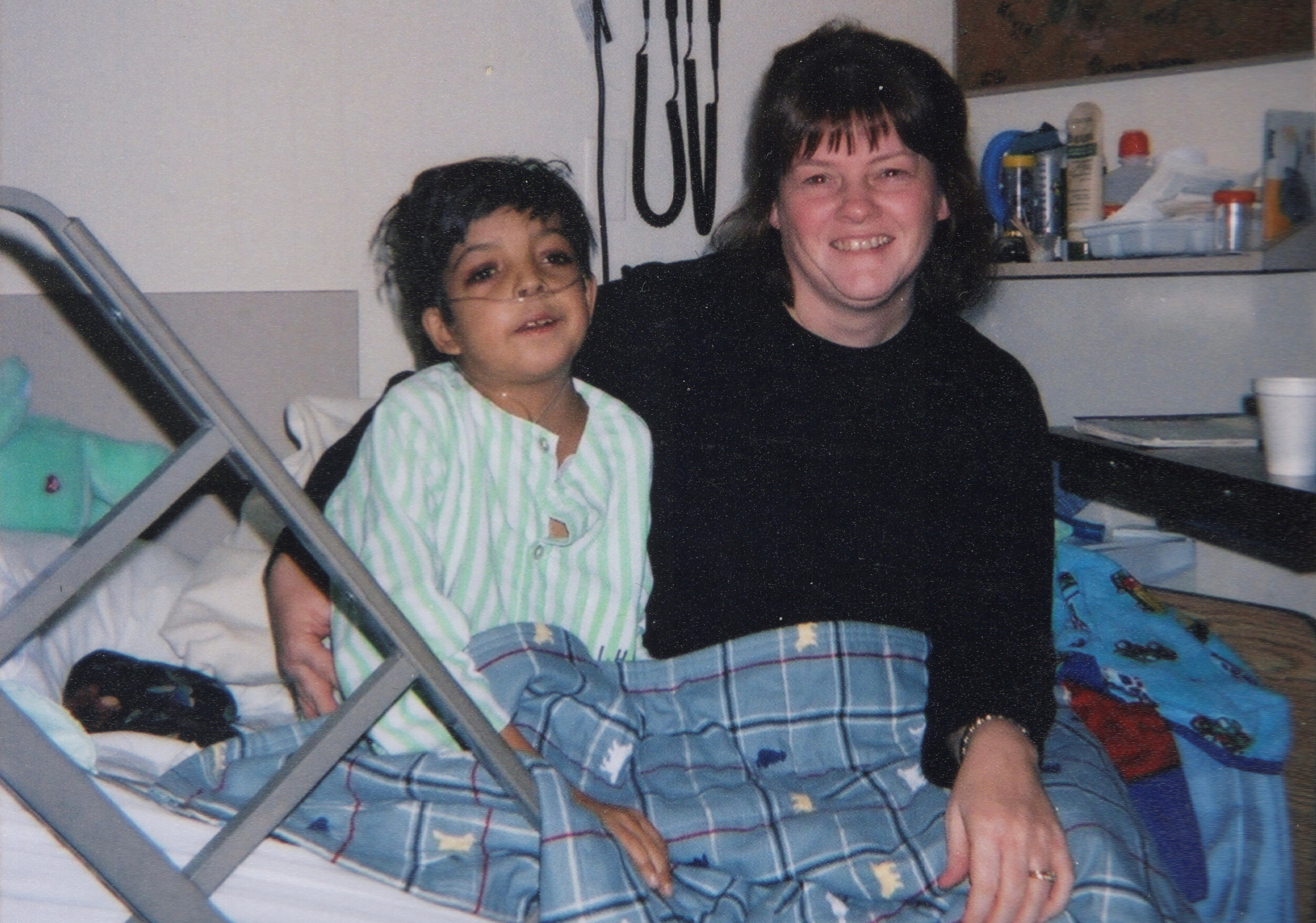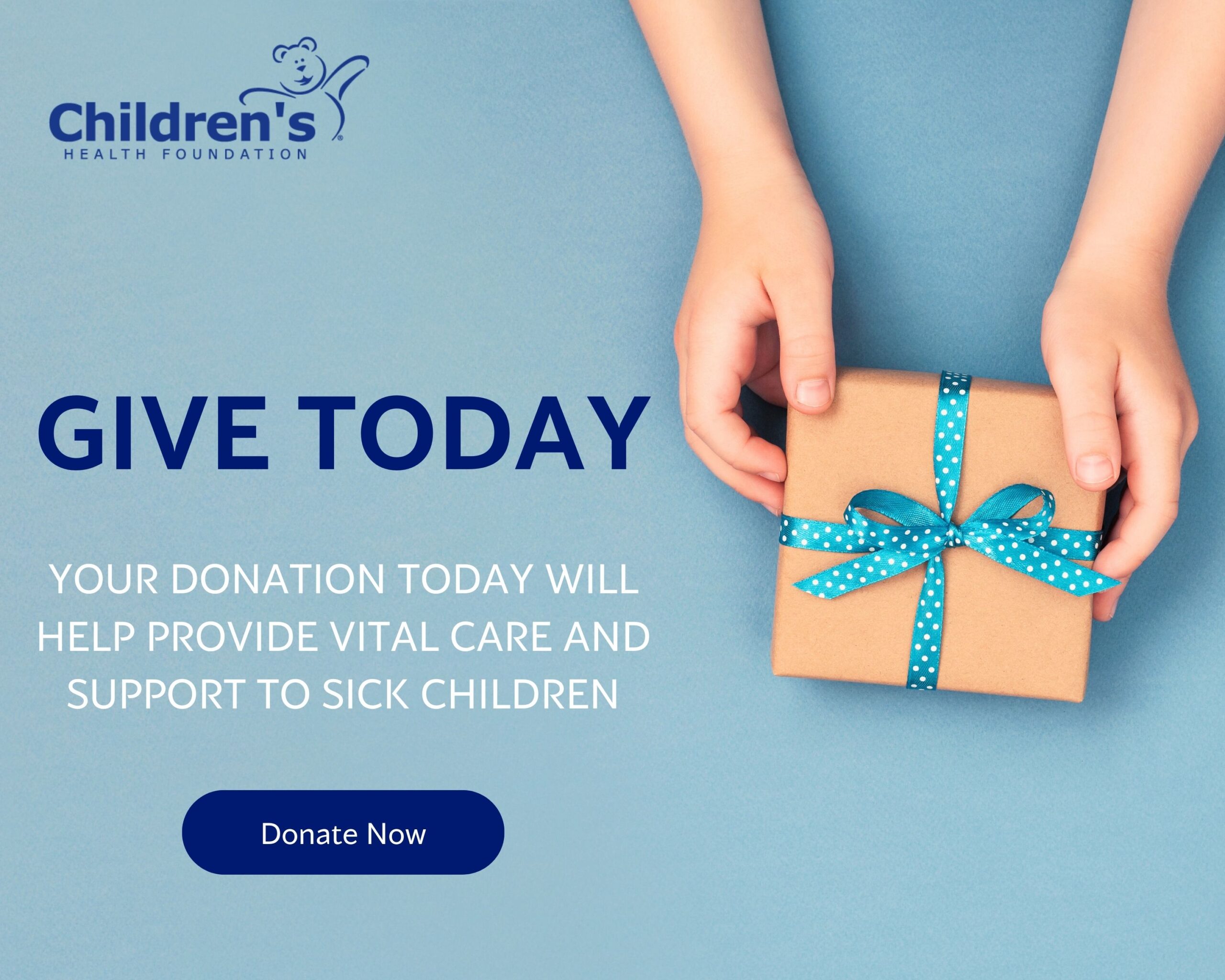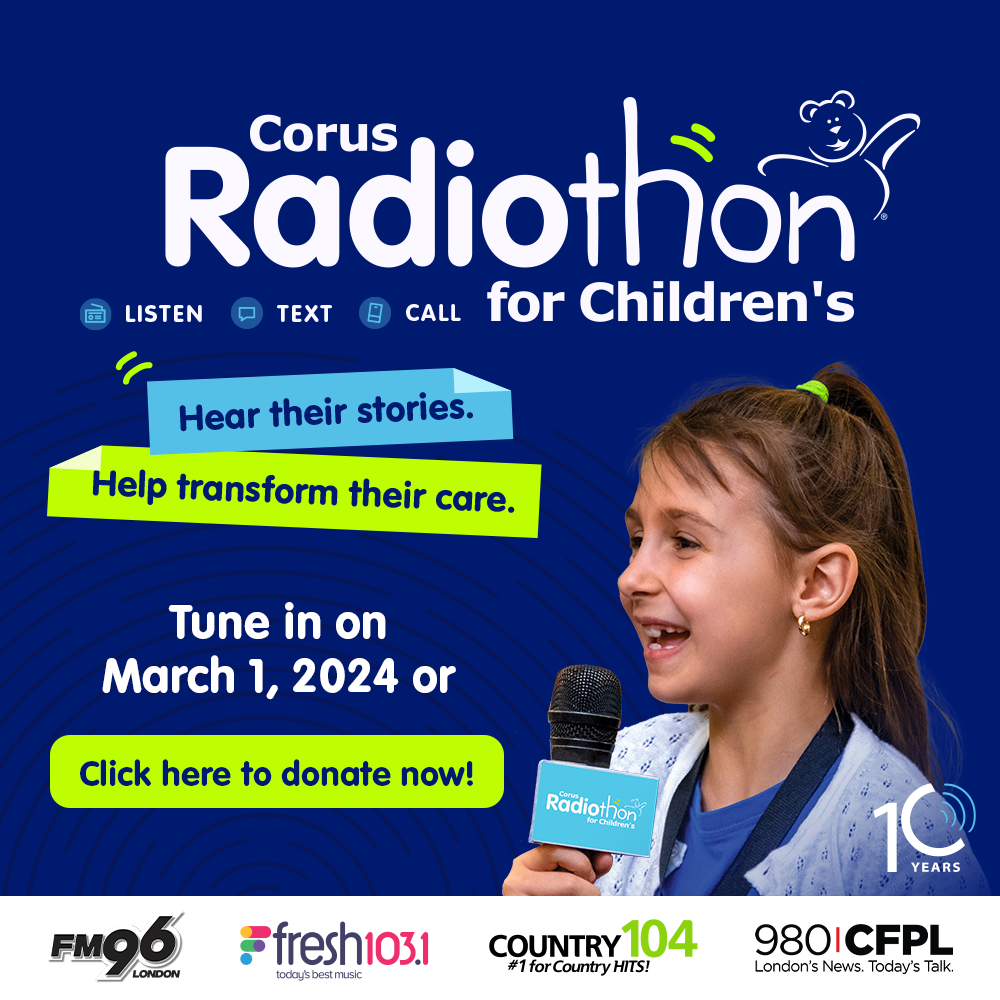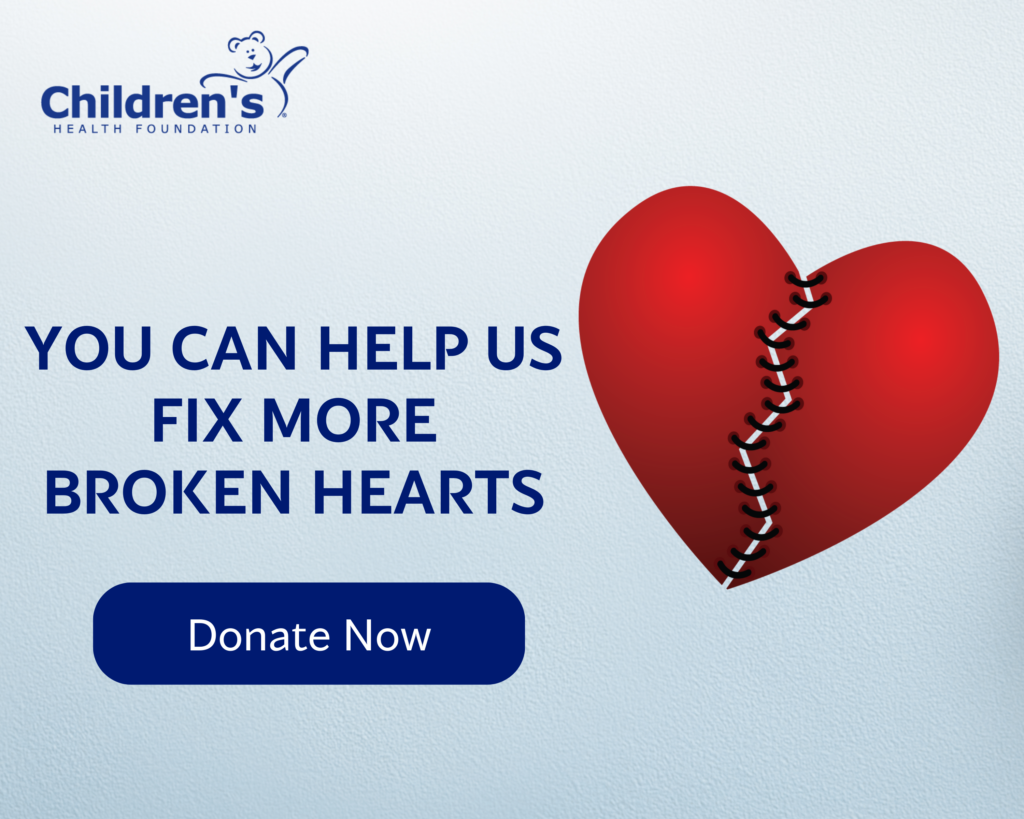Robert came into the world in Ottawa in March 1994, and before he was even six months old, he was already on the transplant list.
From the start, Robert’s parents had much to worry about with their newborn. Little Robert needed an operation to correct a congenital heart defect at just four days old.
While he recovered, Robert’s doctors in Ottawa discovered issues with Robert’s liver. His condition, biliary atresia, meant that his bile ducts weren’t working correctly, and his liver couldn’t drain bile.
With precious time passing, doctors performed a Kasai procedure, which uses a portion of the child’s small intestine to bypass the faulty bile ducts. Robert was one-and-a-half weeks old and had already undergone two surgical procedures, and the Kasai procedure wasn’t a permanent fix for Robert. He’d need a new liver eventually — and likely sooner than later.
At the time, Ottawa’s children’s hospital didn’t perform transplants on kids, and the children’s hospital in Toronto didn’t perform them on kids under one year of age, Robert’s mother Wenda recalls. When Robert was six months old, he and his parents had to go all the way to London for assessment, and Robert was put on the transplant list.
Three months later, the family received news that a liver had become available. An early morning call from the transplant team had Robert’s parents scrambling to pack their bags and get ready to go to the airport.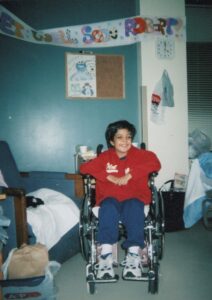
After an hour of frenzied packing, another call came from the transplant team informing Robert’s parents that the liver was, in fact, not a good match.
That turned out to be fortunate for Robert because he had a second congenital heart defect that hadn’t been discovered yet. “So he might not have survived the surgery if that had actually gone ahead,” his mother says.
Nevertheless, for the family, London became a second home. Monitoring Robert’s liver function required routine visits.
“Once we were in London, we just liked everyone so much, and the doctors and everything that we didn’t want to change to Toronto, we were familiar with London,” Wenda explains. “So, we stayed with them, even though it would have been more convenient travel wise (to go to Toronto), but no, we really like London. So, we stayed there.”
Despite the many long drives down the 401, Wenda and Robert were happy to return to London, and the staff in London helped them stay positive.
On one occasion, Robert’s family decided to take advantage of his transplant being ‘on hold’ and booked a trip to Walt Disney World, only to be told by doctors in Ottawa that they suspected Robert had developed varices on his esophagus. Varices are swollen blood vessels prone to rupturing, which could cause massive bleeding. They would have to cancel the trip just two weeks before they were scheduled to leave.
“We were devastated,” Wenda recalls, still emotional over 20 years later. “It was supposed to be really special.” In those 10 years of waiting for Robert’s transplant, the family hadn’t traveled beyond their regular trips to London.
Wenda consulted with the team in London, who told her to bring Robert down, have his esophagus examined, and if varices were found, the team would treat them and the family could still take their trip.
“It turns out, he didn’t even have varices, but just the fact that they did that just so we could go on a trip, and they understood how important that was,” Wenda says, explaining why she still gets emotional.
“I felt like we had the dream team, you know,” she says. “But I tell you, Dr. Atkison and Sandy Williams, they were so incredible. And the nursing staff to just everybody, it was pretty amazing.”
Robert’s time in London was far from easy. When he was 10, Robert finally received his new liver, but the recovery process proved challenging. Leading up to the procedure, Robert had to live at Children’s Hospital, while his mother stayed at the Ronald McDonald House, and his father and his brother stayed behind in Ottawa.
After the surgery, Robert remained in the Paediatric Critical Care Unit (PCCU) for weeks, needing an emergency surgery in that time. Unable to do much there, his muscles atrophied to the point that he couldn’t use his arms or walk. Wenda and Child Life did arrange for a visit from the Red Power Ranger — Robert’s favourite — but he was still unconscious when the cosplayer visited. They made sure to get a photo regardless.
When he was well enough, Robert started physiotherapy to learn to walk again — something he still credits to his physiotherapists.
In all, Robert spent two-and-a-half weeks in the PCCU and three months altogether in the hospital in London. His care team went out of their way to ensure as positive an experience as possible, starting with Dr. Atkison. Wenda recalled a time when Dr. Atkison held Robert up during an X-ray because he was so unsteady on his feet. “How many doctors get right in there and help like that,” she says.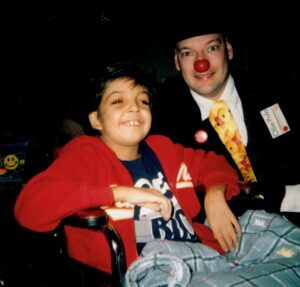
“He’s someone that I can interact very well with and had a lot of humour,” Robert says.
“If things weren’t going well, as soon as they walked into Robert’s room, you just automatically felt better and more relaxed about what was happening.”
The Child Life team and Ollie the Therapeutic Clown regularly supported Robert and Wenda, brightening their days, doing activities and celebrating events like Halloween with them.
With having to overcome the muscle atrophy, Robert’s recovery from his transplant was even more challenging. The first two years were the most difficult, including an episode in which Robert had to be airlifted to London for an emergency treatment.
But Robert did recover, gradually getting better and better, until he aged out of Children’s Hospital. For his last visit, he and his parents presented Dr. Atkison and Sandy with award plaques, honouring them for their “Outstanding Performance in a Medical Drama,” the mother and son recall with a chuckle.
Robert is 30 now, and in good health. Despite the challenges of his medical journey, Robert says he mostly has good memories of his time in London, and he still has many keepsakes.
“Even though it was such a difficult, traumatic time, we have a lot of really good memories, and we look back fondly at our time,” Wenda says. “Robert has his memory book of photos and things that all the nurses wrote to him, photos of him with all the different nurses and it looks like we’re having fun. And we were most of the time, we were having a lot of fun. So that’s what’s really special and I know a lot of the hospitals they try and do that but I really felt they went above and beyond there.”
Robert and Wenda remain ever grateful for the care their family received in London. “We just have so much gratitude on so many levels for the medical care,” Wenda says.
Part of Robert and Wenda’s gratitude comes in the form of donations to Children’s Health Foundation. “It’s a way of paying it forward to help other children that come after us,” Wenda says. “We’re hoping other children will benefit the way we did.”
“Obviously I’m thankful for my donor, but I’m also thankful for the health team there,” Robert says. “If they didn’t do what they did, I wouldn’t be here today. And they really did take care of my whole family, especially my mother.”

